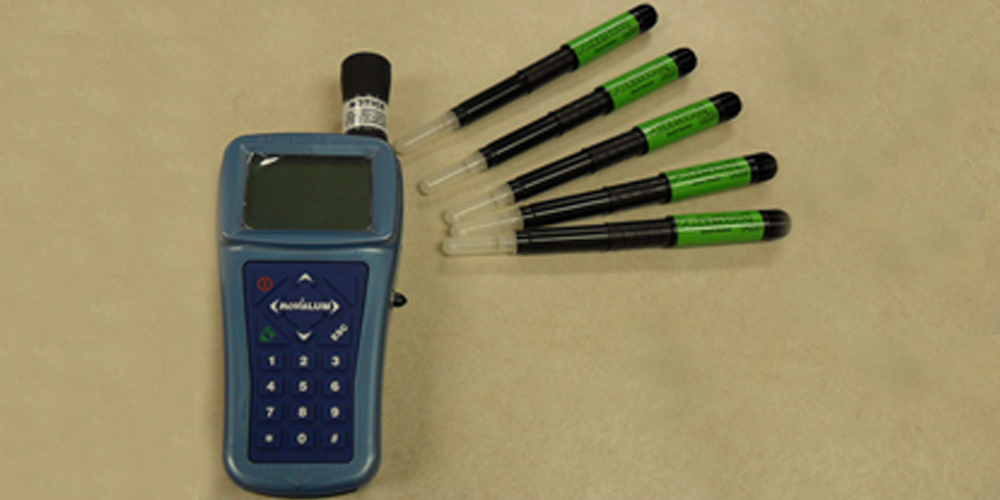Aftermath Helps Decrease Liability Risk and Improve Safety with ATP Testing

Aftermath Helps Decrease Liability Risk and Improve Safety with ATP Testing
What’s the difference between one biohazard remediation company and another? The ability to trust the job has been done right and in accordance with national, state and local regulations. When push comes to shove and questions are being asked about the processes being used to detect, clean and sanitize a space following a crime scene cleanup or trauma cleanup – it’s necessary to have documented and highly regarded practices followed – including some sort of objective testing.
Aftermath uses ATP to verify sanitization levels, the choice of many industries that require guaranteed safety. Adenosine triphosphate (ATP) is an enzyme that is present in all living cells. Aftermath’s biohazard remediation team uses a sophisticated ATP monitoring and testing system to detect for microscopic living organisms during cleaning process.
Proven Effectiveness of ATP Testing in Biohazard Remediation
Modern hospitals are using ATP-based sanitation monitoring systems to ensure the effectiveness of their facilities’ cleaning efforts – demonstrating the power and trust placed in this cleanliness security measure. Studies have shown ATP testing is a comprehensive way to monitor and sanitize surfaces as results indicate whether a surface needs to be re-cleaned or cleaning methods need to be changed, according to a report from Infection Control Today.
In a biohazard remediation situation, it’s imperative that these qualities are met. In the cost-benefit analysis, skimping over checkpoints and using less comprehensive solutions could easily lead to negative consequences such as costly litigation, health and safety issues and property damage.
In one memorable case, a family left for an extended vacation with 650 pounds of deer meat in a freezer in the garage. An unlucky power outage occurred – causing the deer meat to rot and the blood and other bio-materials to leak out of the freezer and onto the garage floor. When the homeowners returned, they asked their insurance carrier to recommend a biohazard cleanup company.
Unfortunately, the biohazard remediation company improperly handled the cleanup by only cleaning the surface problem. The family was forced to live with a lingering odor of rotting meat that permeated the house following the cleanup. This situation led the family to sue the insurance company for the estimated $600,000 value of the home.
The porous nature of concrete means it will soak up blood and other bio-materials, making cleaning nearly impossible. The original vendor most likely failed to seal the concrete. As temperature fluctuates, the fluid will rise to the surface over time and create the rotting odor. Industry best practices are to chip out or abrade as much of the affected concrete as possible, then seal it.
Aftermath’s Approach to ATP Testing and Biohazard Cleaning
In trauma and death cleanup, assurance that biological material is effectively and efficiently removed is crucial. Families, friends and property owners trust the biohazard cleanup company to ensure a space is safe and clean. Aftermath’s ATP testing process and proprietary cleaning agents are designed for cleaning efficacy – better guaranteeing a job done right the first time.
 877-872-4339
877-872-4339  Contact Us
Contact Us 






